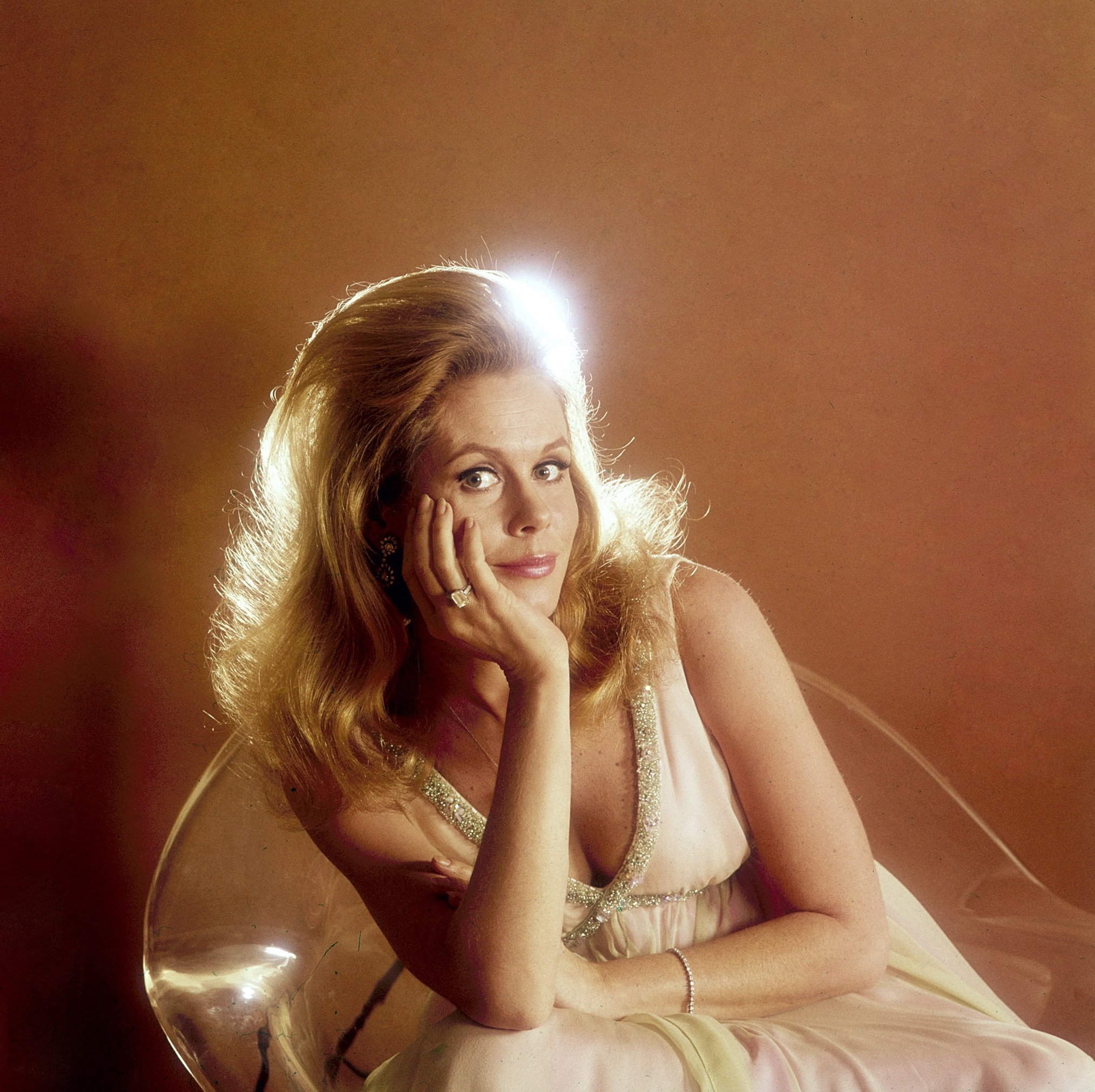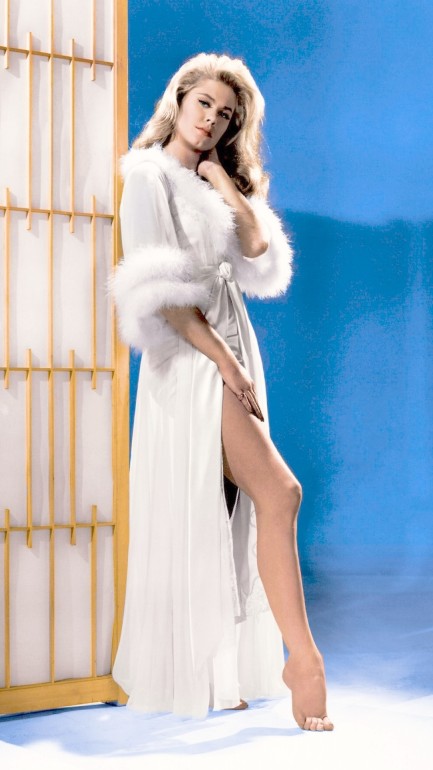To millions of television viewers in the 1960s and ’70s, Elizabeth Montgomery was the enchanting Samantha Stephens — a beautiful, nose-twitching witch living in suburban bliss on Bewitched. With her elegant charm and quick-witted delivery, she captured the hearts of audiences, casting a long cultural shadow that still lingers today. But behind the smile and spells was a woman who spent much of her life trying to escape that image — not because she resented it, but because it wasn’t who she truly was. Elizabeth Montgomery didn’t just walk away from Bewitched after eight seasons. She walked toward something far more powerful: her voice, her rage, her mercy, and her truth.

The Double Life of a Television Icon
Bewitched premiered in 1964, a time when American television idealized domestic perfection. Samantha Stephens was the ultimate housewife — devoted, beautiful, magical, but always careful not to outshine her mortal husband. Behind the scenes, Montgomery was dealing with a marriage that was unraveling and a role that increasingly felt like a cage. She was married to the show’s producer, William Asher, and the pressures of maintaining both a professional and personal partnership began to wear thin.
The show’s whimsical tone masked the weight Montgomery carried. “It was as if I was constantly smiling for a camera, even when it wasn’t rolling,” she reportedly confided to close friends. The show’s popularity meant that her face was everywhere, but very few people knew who she really was. She wanted more than applause for playing it safe. She wanted to tell the truth — even when it hurt.

From Samantha to Survivors
After leaving Bewitched in 1972, Elizabeth Montgomery made a bold choice: she stopped trying to please. Instead, she began to challenge. In a series of television movies throughout the ’70s and ’80s, she took on roles that shocked her longtime fans. In A Case of Rape (1974), she portrayed a woman who is sexually assaulted and then retraumatized by the legal system — a harrowing performance that forced America to confront the realities of rape culture. In The Legend of Lizzie Borden (1975), she inhabited the dark, ambiguous figure of the accused axe murderer with such intensity that it made audiences deeply uncomfortable.
These weren’t just roles — they were statements. Elizabeth was using her platform to give voice to the women society tried to ignore. Victims. Outcasts. Fighters. Her choices were deliberate. She was no longer interested in being liked; she wanted to be heard.
Critics, many of whom had dismissed her as a lighthearted sitcom star, began to reassess. She had range. She had grit. And perhaps most importantly, she had purpose.

The Quiet Advocate
While Montgomery’s on-screen choices grew bolder, her off-screen life was marked by quiet, consistent compassion — particularly during the height of the AIDS crisis. In the 1980s, when much of Hollywood looked the other way, Elizabeth stepped forward. She didn’t just donate money or lend her name to causes — she showed up. She visited AIDS patients, often privately. She narrated groundbreaking documentaries such as The AIDS Epidemic, helping to humanize a crisis that was too often politicized and stigmatized.
Her activism didn’t come with press releases or red carpets. She wasn’t interested in being celebrated for doing the right thing. “She showed up when no one else would,” one AIDS advocate said of her. “She didn’t need the spotlight — she just brought light.”
Montgomery’s empathy wasn’t performative. It was personal. She had seen pain — in her relationships, in her industry, and in her own family.

Shadows of a Famous Father
Though she rarely spoke about it publicly, Montgomery’s relationship with her father, actor Robert Montgomery, cast a long and complex shadow. A respected figure in Golden Age Hollywood, Robert was known to be demanding, emotionally distant, and fiercely critical. Elizabeth reportedly longed for his approval but rarely felt she earned it. That yearning shaped much of her early career — and perhaps some of her later rebellion.
She worked harder than anyone knew to be seen not as someone’s daughter, not as someone’s wife, and not as someone’s perfect TV character — but simply as herself. Her second act, filled with daring performances and quiet activism, was as much about healing as it was about artistry.

Grace in the End
In 1995, Montgomery was diagnosed with colon cancer. True to form, she didn’t make a spectacle of it. There were no magazine covers, no TV specials, no interviews. She kept the news private, choosing dignity over drama. On May 18 of that year, she died quietly at home in Beverly Hills, surrounded by loved ones.
She didn’t die a witch, and she certainly didn’t die a sitcom star.
She died a woman who had spent her life transforming — first from Samantha Stephens into something new, and then from celebrity into citizen. Her life was a quiet revolution: a journey of shedding masks, of finding voice, and of choosing love over legacy.

A Different Kind of Magic
Elizabeth Montgomery will always be remembered for that twitch of the nose and the sparkle in her eyes. But the real magic was never on screen. It was in her courage to evolve, in her willingness to speak uncomfortable truths, and in her unshakable belief in the power of compassion.
She wasn’t just magic.
She was mercy — in human form.